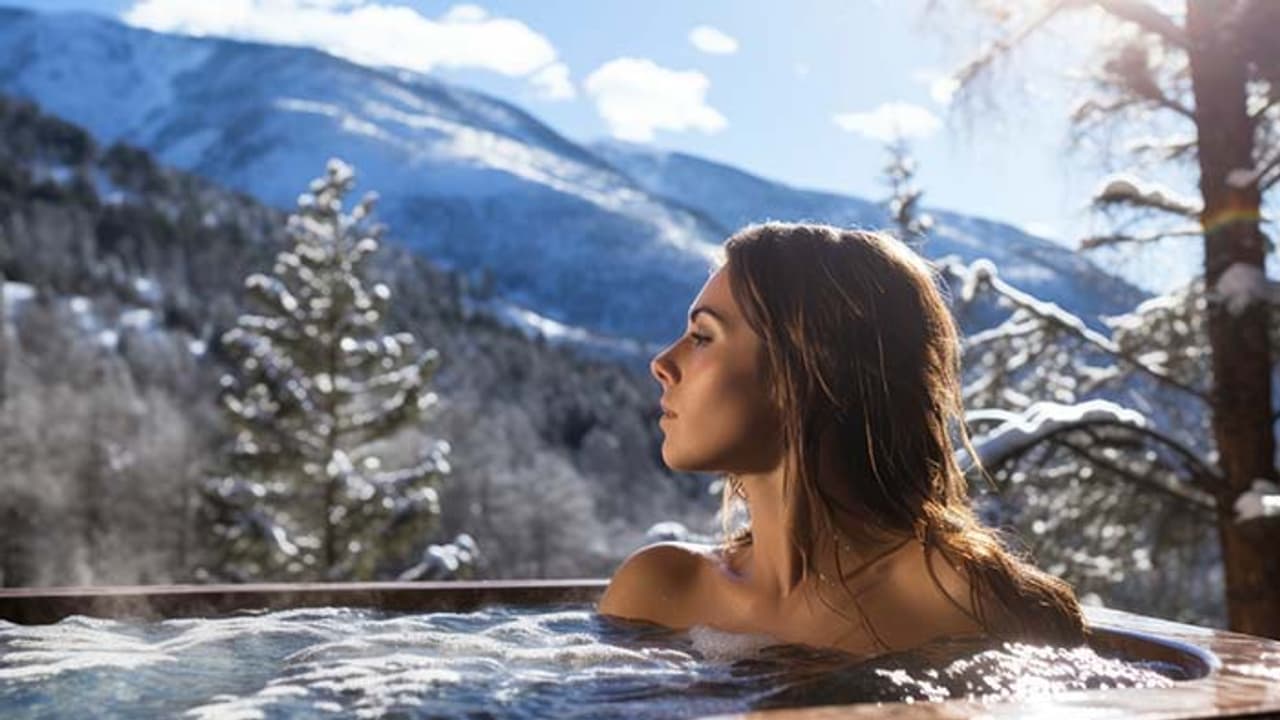Cryotherapy, also known as cold therapy, is a wellness technique that involves exposing the body to extremely low temperatures for therapeutic benefits. From pain relief to skin rejuvenation, this practice is gaining popularity.
Comprehensively put, cryotherapy is the science of using cold to treat conditions. It may be applied locally (targeting a region of concern by applying a cold pack or cooling spray) or involve whole-body cryotherapy, such as exposing the body to cold air briefly with a special chamber.
What is Cryotheraphy:
Whole-body sessions, lasting usually 2 to 4 minutes, subject the whole body to temperatures up to -110°C and sometimes even -140°C. The freezing conditions induce physiological adaptations like reduced inflammation, augmented vasodilation, and the release of endorphins.
Advantages
Minimize Muscle Soreness and Inflammation: Athletes undergoing strenuous workouts or recovering from acute injuries use cryotherapy to return to activemood in the fragmented timeline. Irritation due to the swelling is ameliorated by cold.
Well-Being: Increased endorphin and adrenaline release—the two chemicals involved in uplifting the mood further and work together in weighty symptoms of anxiety and depression.
Sleep and Energy: Most users feel much more rested and bouncier after their regular sessions.
Wonders for Your Skin: It is thought to diminish facial skin sagging and improve collagen collection in the face. As a result, the treatment has been popular in both cosmetic and skincare circles.
Cryotherapy at Home
While professional cryochambers are quite expensive, simpler procedures can be safely done at home like:
Cold showers: They are an outgoing challenge, where one began with 30 seconds of cold shocking water-about 3 days a week (yes, Yaz spends a lot of time beefing the genius in him-and as he grows, Walsh chips in their creative imaginations).
Ice bath: Sitting in cold water filled with a tub and ice for 5 to 10 minutes.
Cold packs: Apply ice packs to the area of soreness for 10–15 minutes.
Cold face splat: Really tightens the skin and proves effective in sag reduction.
Reminder: You must use a timer; overdoing cold is equivalent to damaging skin.
Risks and Side Effects
Cryotherapy is safe when performed properly but creates some risks:
- Frostbite or burns: Think about what happens from overexposure of skin or from direct contact with ice.
- Breathing: People with asthma or cardiovascular problems shouldn’t submit themselves to cryotherapy.
- Numbness or tingling: Some may also find themselves with much milder nerve irritation or cold sensitivity.
- Consider talking to a healthcare provider before you begin in the presence of any pre-existing health conditions.
Cryotherapy opens up numerous doors for health, growth, and learning. Leaving aside the need for a professional guide for cryo chambers, at-home cold treatments have silicone-based counterparts. Such treatment methods, when done with caution, may grant invaluable alternatives. In consistent health practice, safety and adherence are always necessary when aspiring to see lasting results.
